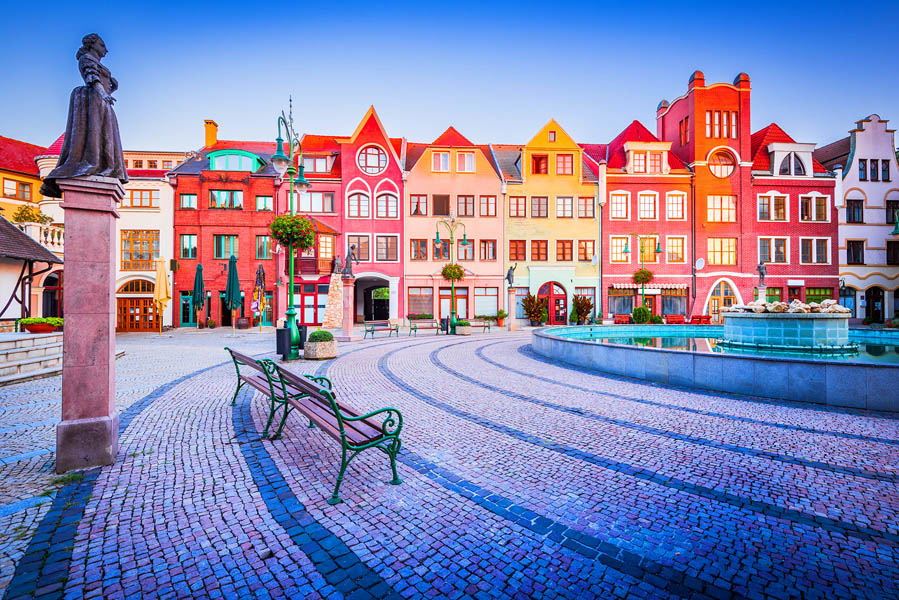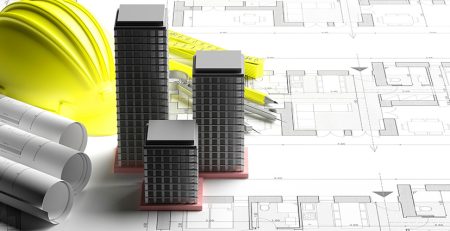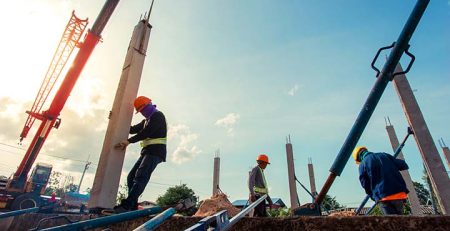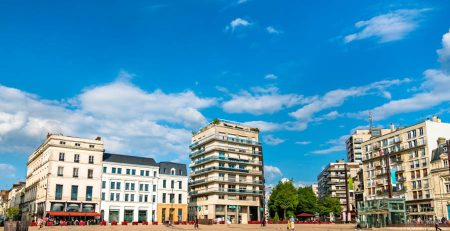How Do Cultural Factors Influence Architectural Design?
Step into a city—any city. Look around. The buildings speak, even if you don’t hear them. Their shapes, materials, and layouts whisper stories of the people who built them, the climate they adapted to, the beliefs they held dear. Architecture is never just about function. It’s a reflection of culture, stitched into the skyline.
Tradition Shapes Form
In Japan, homes breathe. Paper walls slide open. Spaces shift. Minimalism isn’t just an aesthetic—it’s rooted in Shinto beliefs of impermanence and harmony with nature.
In contrast, a Moroccan riad turns inward. Courtyards, mosaic tiles, intricate latticework—built not just for beauty, but for privacy, an architectural response to cultural values surrounding family and modesty.
Every region has its signature:
- Gothic cathedrals – soaring spires, stained glass, reaching toward heaven, a reflection of medieval Christian devotion.
- Islamic architecture – intricate geometric patterns, no human figures, an artistic homage to spiritual beliefs.
- Scandinavian homes – warm wood, large windows, a dialogue between shelter and the vast, cold landscapes outside.
Architecture is culture, crystallized.
Climate and Culture – A Two-Way Street
Culture adapts to climate, but climate also shapes culture. Desert homes trap cool air with thick walls and shaded courtyards. Tropical designs welcome the breeze, while northern homes prioritize insulation and warmth.
Yet culture shifts climate response. Air conditioning made glass skyscrapers possible in the desert. Dubai rises—a vision fueled by technology.
Symbolism in Stone and Steel
Architecture isn’t just shelter. It’s a statement.
- The Parthenon – a declaration of democracy and power in ancient Greece.
- The Forbidden City – a fortress of imperial grandeur, designed to keep the emperor’s divine authority untouchable.
- The Eiffel Tower – a technological marvel, a symbol of French ingenuity, once hated, now beloved.
Modern architecture still carries symbols. A corporate headquarters? Glass, steel, sleek—projecting efficiency and dominance. A government building? Pillars, symmetry, echoes of Rome’s Senate House.
Even the simplest home carries meaning—an open-plan design suggests modern values of connection and fluidity, while a closed-off layout might reflect a culture where privacy reigns.
Globalization vs. Identity – The Balancing Act
Today, cities look eerily similar. Glass towers. Concrete grids. The international style flattens cultural identity.
Yet, a countertrend grows: local materials, vernacular techniques, cultural roots re-emerging in modern designs.
- Bamboo skyscrapers in Asia.
- Adobe revival in the American Southwest.
- Sustainable mud-brick homes in Africa.
A reminder that architecture isn’t just about the future. It’s also about honoring the past.
Conclusion
Buildings are more than walls and roofs. They are stories in stone, history wrapped in brick, philosophy carved into every column. Culture doesn’t just influence architecture—it defines it.
Next time you enter a building, ask yourself: what story is it telling?











